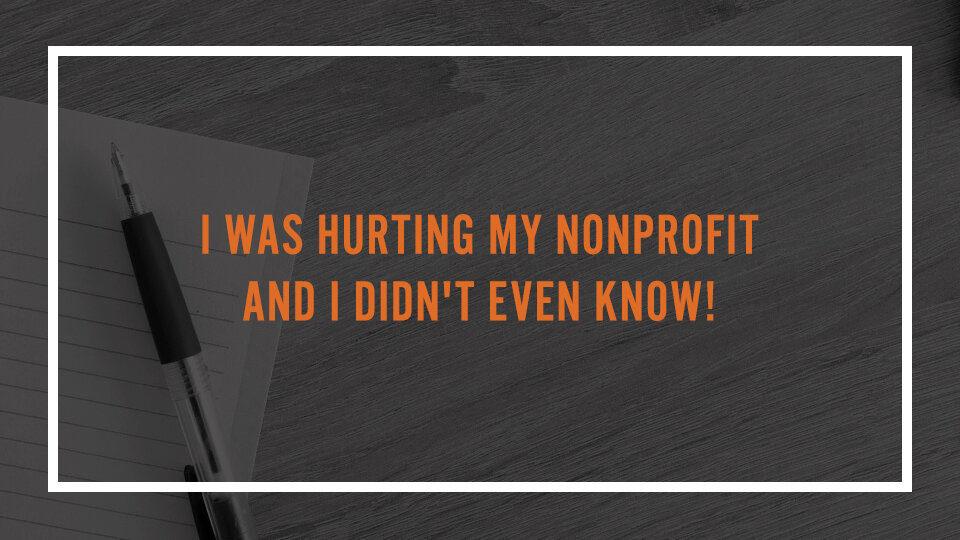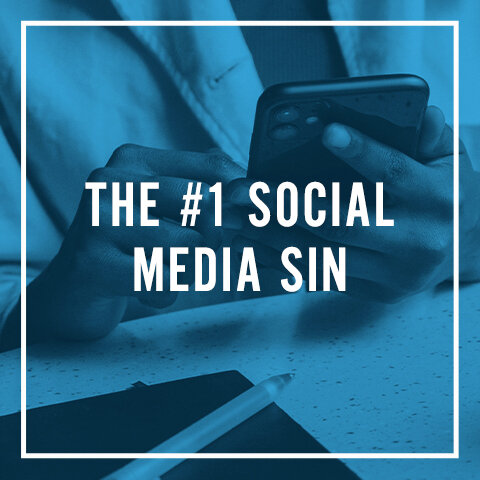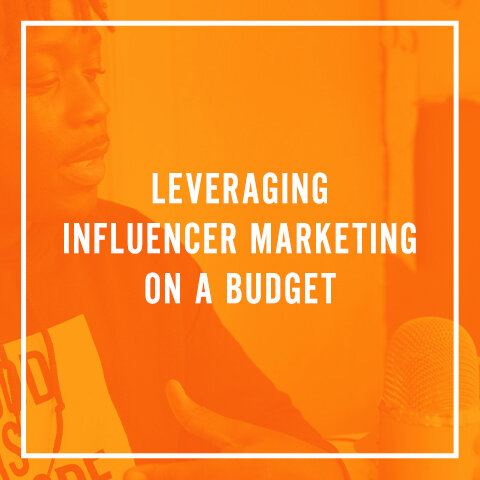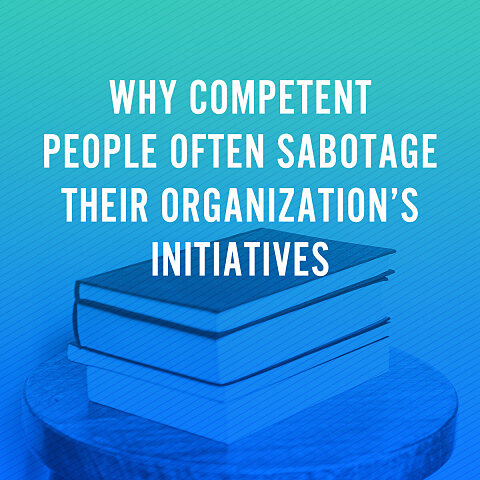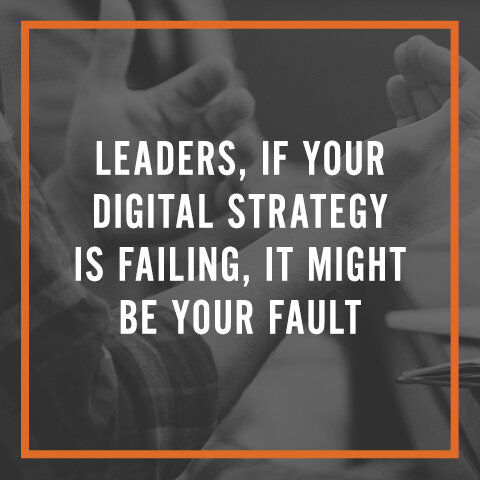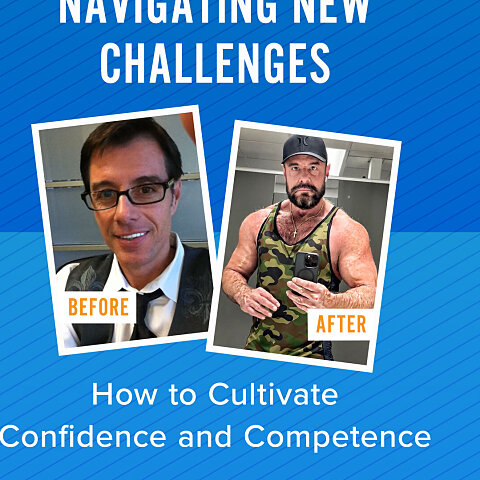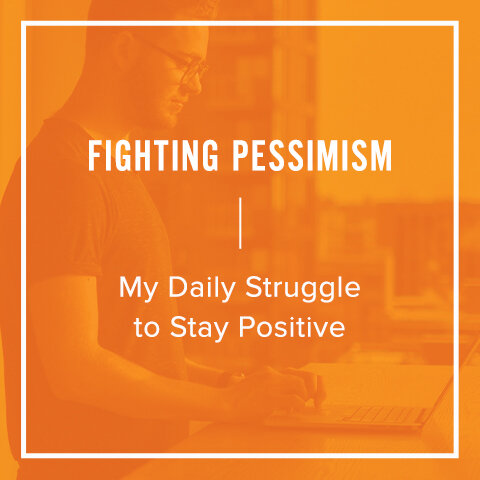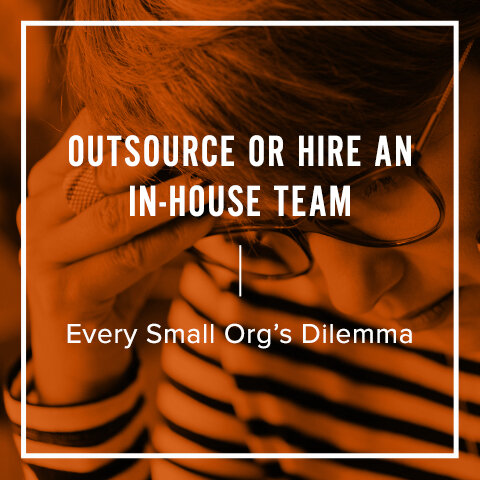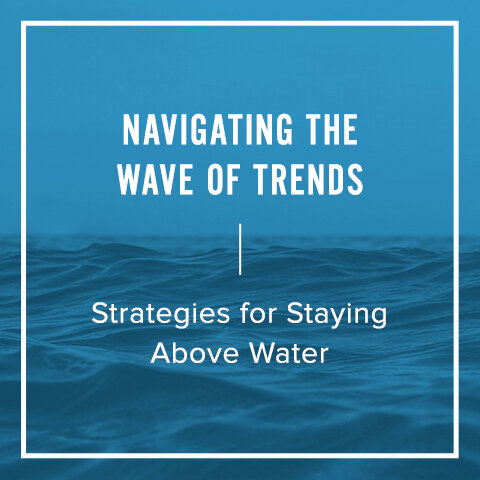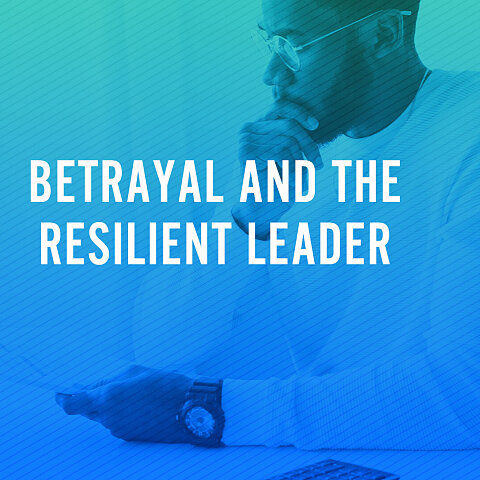I Was Hurting My Nonprofit And I Didn't Even Know.
By Maurilio Amorim
Every time I see his number come across my phone, I know he wants something from me. I even think to myself, “here we go again,” before answering.
We all have friends like that. They don’t touch base unless they need a favor or help. These calls are pretty much the same. They start with “hey there. How have you been?” and move quickly to “I need your help with….”
While I have made peace with some of these one-sided relationships, I don’t like them. I feel used and more of a resource than a true friend.
After years of making excuses for some of these “friendships,” I slowed down my help. And eventually, the calls slowed down for some and stopped altogether for others.
While I’m relieved not to have to rescue people as often, I am also sad that what I thought was a friendship really wasn’t one at all.
The moment I became non-useful, I became forgotten.
But upon deeper reflection, I realized that I was just as guilty of the same behavior.
For decades, the communications I created for the nonprofits and churches I lead were pretty much the same as my needy friendships. They started with a quick hello, followed by how the person could help me.
But because I was not asking for help directly for me personally, but for the cause, I felt justified in doing so.
Life doesn’t work that way. We all want to be valued for whom we are and not just what we can provide.
If you work with volunteers, donors, and members and have a tough time engaging them, take a look at your communication strategy.
How much are you giving versus how much you are asking? I coach my clients to provide value to their constituents, members, or followers 75% of the time and only ask for help the other 25%.
And I ask them not to give up on people because they failed to respond to the latest appeal or their gift was “under their potential.” These are people with complicated lives and challenges beyond your understanding.
If you think about managing your “file,” you can quickly lose sight that these are real people and not just names on a database. That they want a real relationship with your organization. That they want to be seen, heard, and appreciated. That they are not an ATM machine for the needs of your organization.
My challenge for you is to rethink how you and your organization communicate with your audience. As you and your team create content, ask yourselves these questions:
- Who is the person I am writing this to? Try to see the person sitting in front of you reading your letter to them.
- How can I add value to them in this communication?
- How can I make them feel appreciated and special?
- How can I make the ask without using manipulation?
The golden rule applies here as well. Treat others the way you want to be treated: with respect, kindness, thankfulness, and true friendship.
